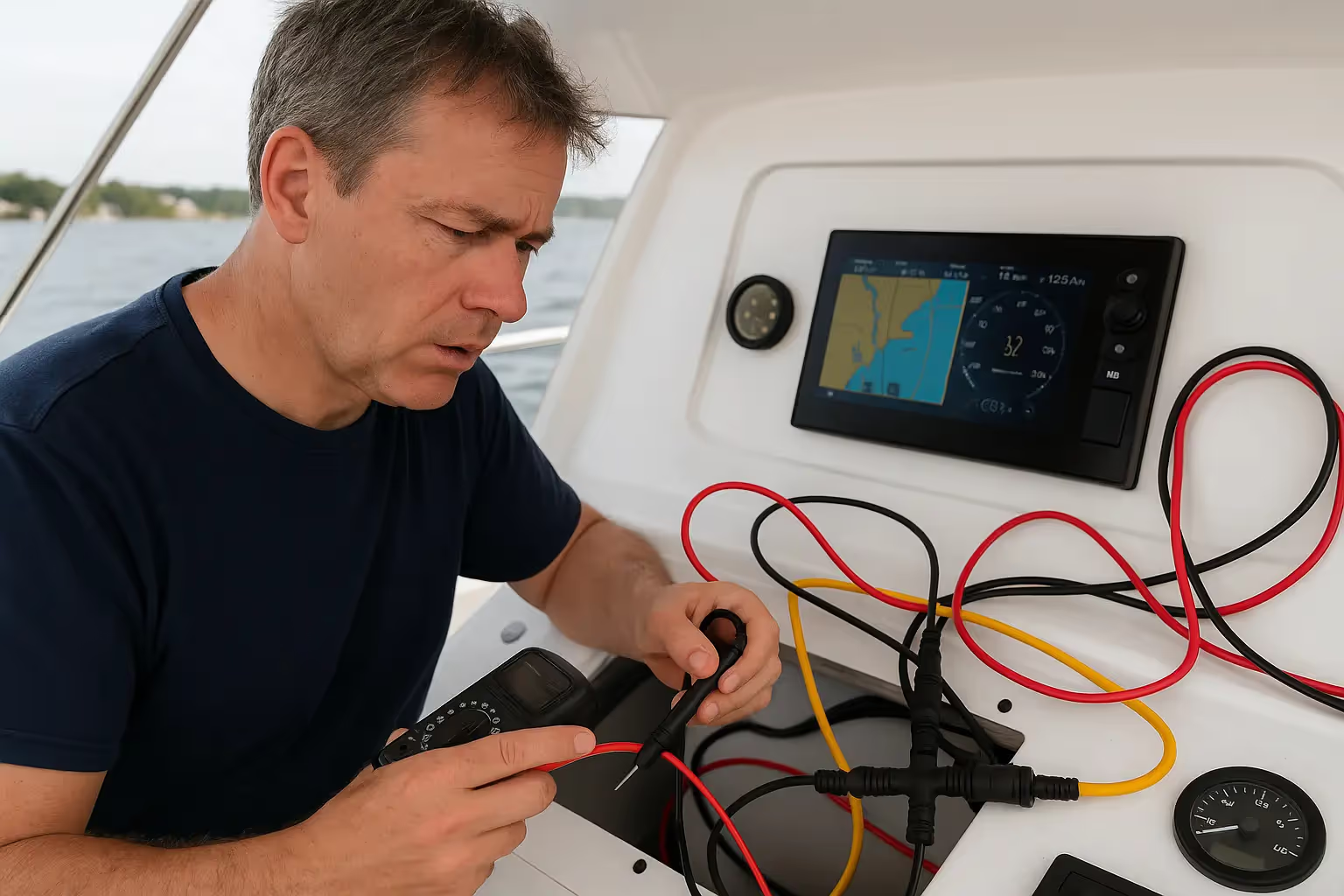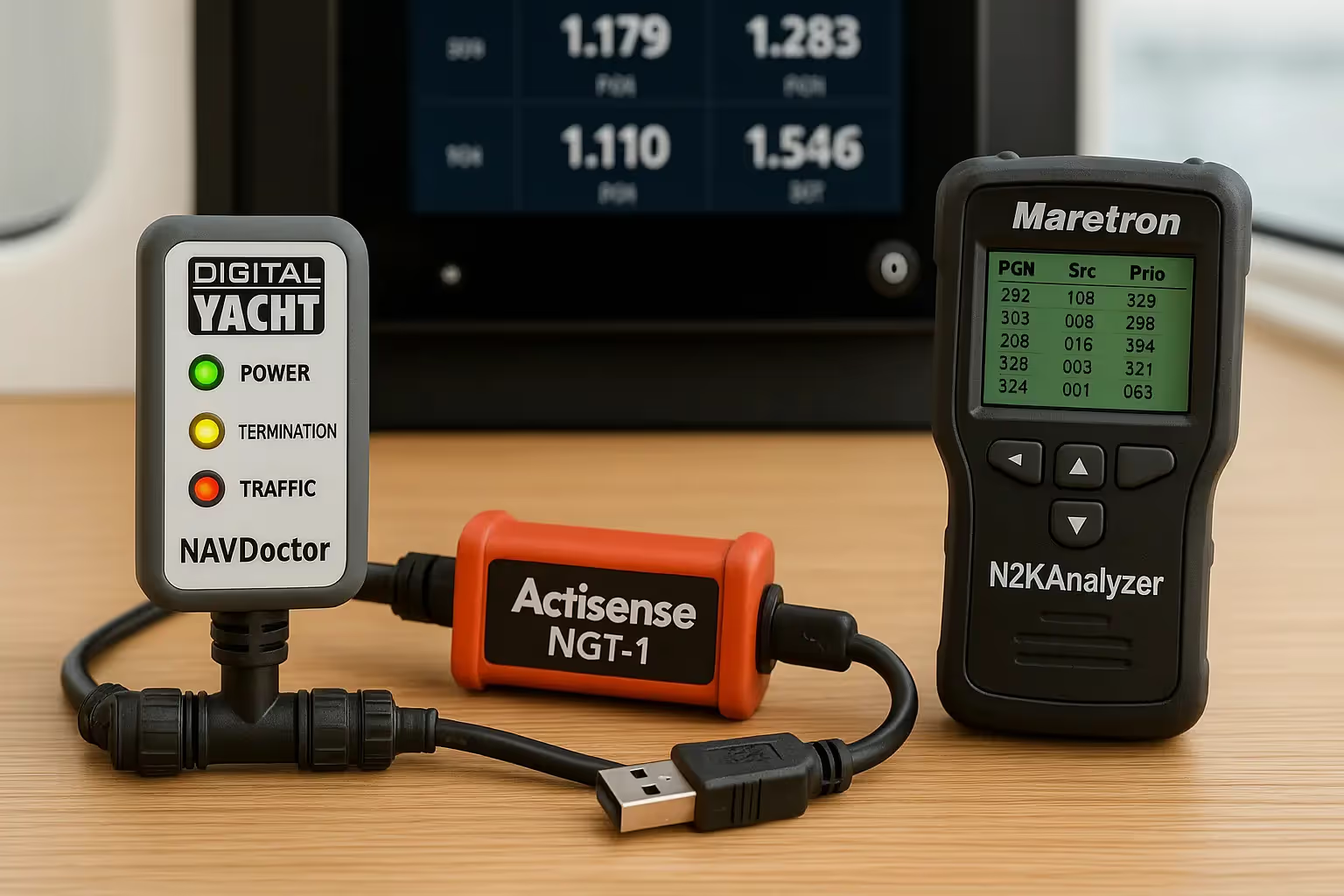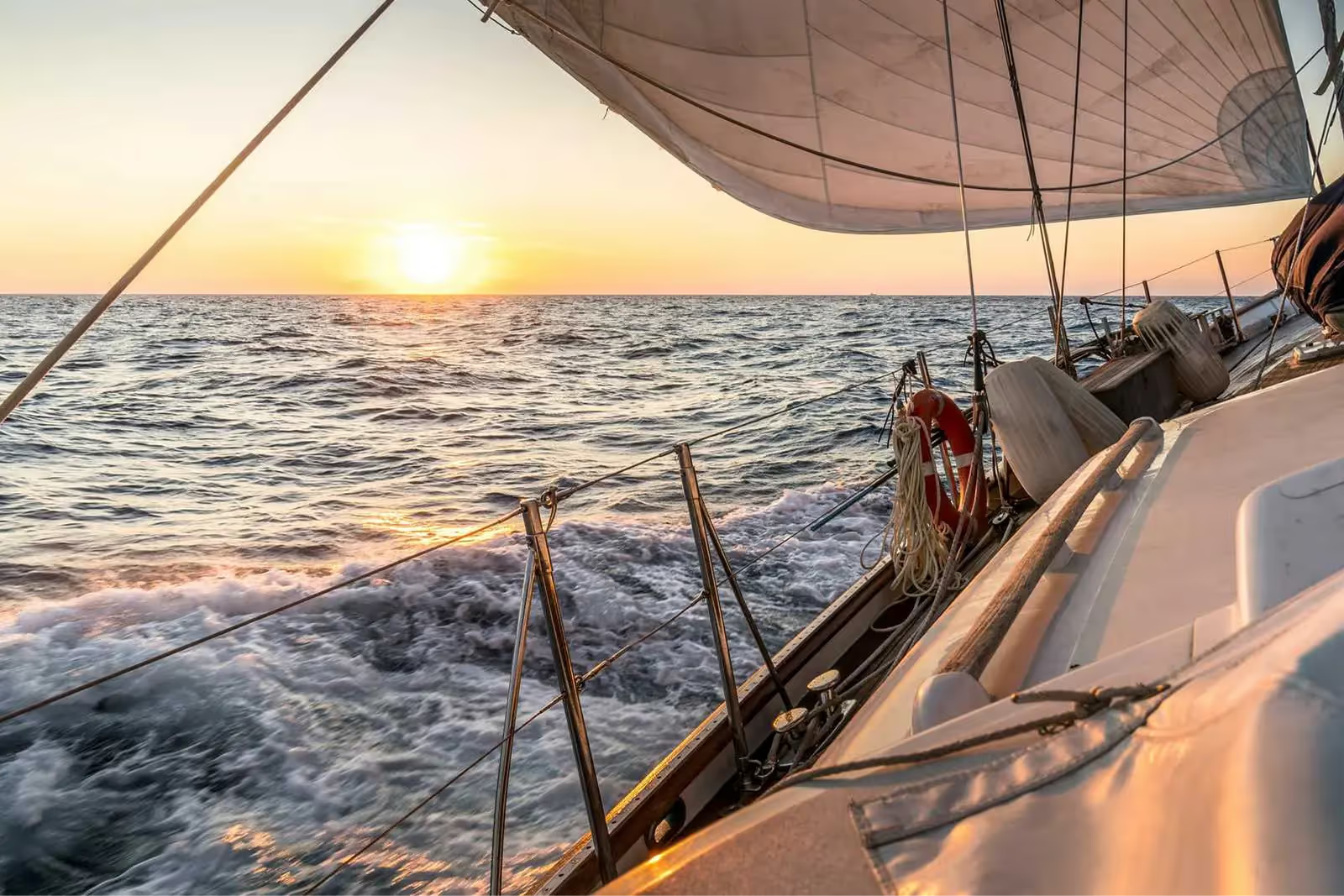6 Safe Ways to Build Miles for RYA Yachtmaster Offshore Certification

RYA Requirements for Yachtmaster Offshore
The RYA Yachtmaster Offshore 8 to 12-hour exam includes an assessment of your skippering skills, boat handling, navigation, safety awareness, general seamanship, and knowledge of the IRPCS, meteorology and signals.
However, it also requires a significant amount of sea time and sea miles, which can be difficult to accumulate if you do not own your own yacht.
Before you can take the RYA Yachtmaster Offshore examination you must have the following logged mileage / experience and certifications:
- 50 days at sea
- 2,500 miles within 10 years of the exam (at least half of which must be gained in tidal waters and on vessels less than 24m LOA)
- The mileage logged must include at least 5 passages over 60 miles each (measured along the rhumb line from the port of departure to the destination). You must act as skipper for at least two of those passages.
- Two of the passages must include overnight sailing.
- 5 days experience as a skipper
- All mileage must be on the type of vessel for which you wish to be certified (sail or power).
- Candidates must hold a GMDSS Short Range Certificate (SRC) or higher grade of marine radio certificate.
- Candidates must hold a valid first aid certificate.
- Candidates must be at least 18 years of age.
- The candidate is examined on the water by an RYA-appointed Yachtmaster Examiner.
The RYA Day Skipper course is a good prerequisite. Some candidates are also equipped with the Coastal Skipper qualification. The candidate should have sailed extensively in different areas, serving as skipper.
Ways to Build Miles for the RYA Yachtmaster Offshore Certification
For candidates who do not own their own yacht, building the appropriate miles presents unique challenges. Here are six safe ways to build the high-quality miles required for the RYA Yachtmaster Offshore certification.
1. Adventure through the Mediterranean and Atlantic while learning from the best instructors.
The miles can be collected anywhere in the world with at least half of them being in tidal waters. The further north you sail, especially in winter, the more likely you will deal with unfavorable weather, especially outside of sheltered bays. You can build your experience with ideal conditions and sunny weather by arranging mile-building days and sailing weekends with Mallorca Sailing Academy. With the guidance of an experience skipper, you can get a taste of longer passages to stunning locations throughout the Mediterranean while remaining in safe, predictable waters. To accumulate more miles, try a spectacular sail from Mallorca to Croatia or to Sardinia. If you want to be bold and adventure beyond Mediterranean waters, you can book a 10-day sail in the Atlantic to the majestic Canary Islands.
2. Pre-arranged courses through sailing schools.
Taking RYA sailing courses count toward your mileage, so why not continue to build skills while also earning valuable sea time and sea miles. During these courses, you will also meet many other sailors looking to build miles for the more advanced certifications. You can coordinate with them for sailing and crewing opportunities.
3. Do-it-yourself adventures with friends.
Hop onboard a friend’s yacht to help build miles. Be sure that the captain is a certified skipper and ask if they would allow you to skipper some night watches or even a full passage.
4. Opportunities through crew websites.
There are many websites that offer crewing opportunities on long passages. You can also find opportunities to crew on racing yachts to help build miles.
5. Go along for the ride on other senior Yachtmaster courses.
Often, sailing schools will allow sailors to tag along on the more senior courses. This can also help to build miles when you do not have access to your own yacht.
6. Charter a yacht with a qualified skipper.
Many sailing schools offer charter opportunities on modern yachts with qualified skippers.
Get started building the miles you need to become a certified Yachtmaster!
Mallorca Sailing Academy offers many opportunities to build high-quality sea miles under the safe supervision of qualified skippers. We also offer the prestigious RYA Yachtmaster Offshore and RYA Yachtmaster Coastal courses.
















